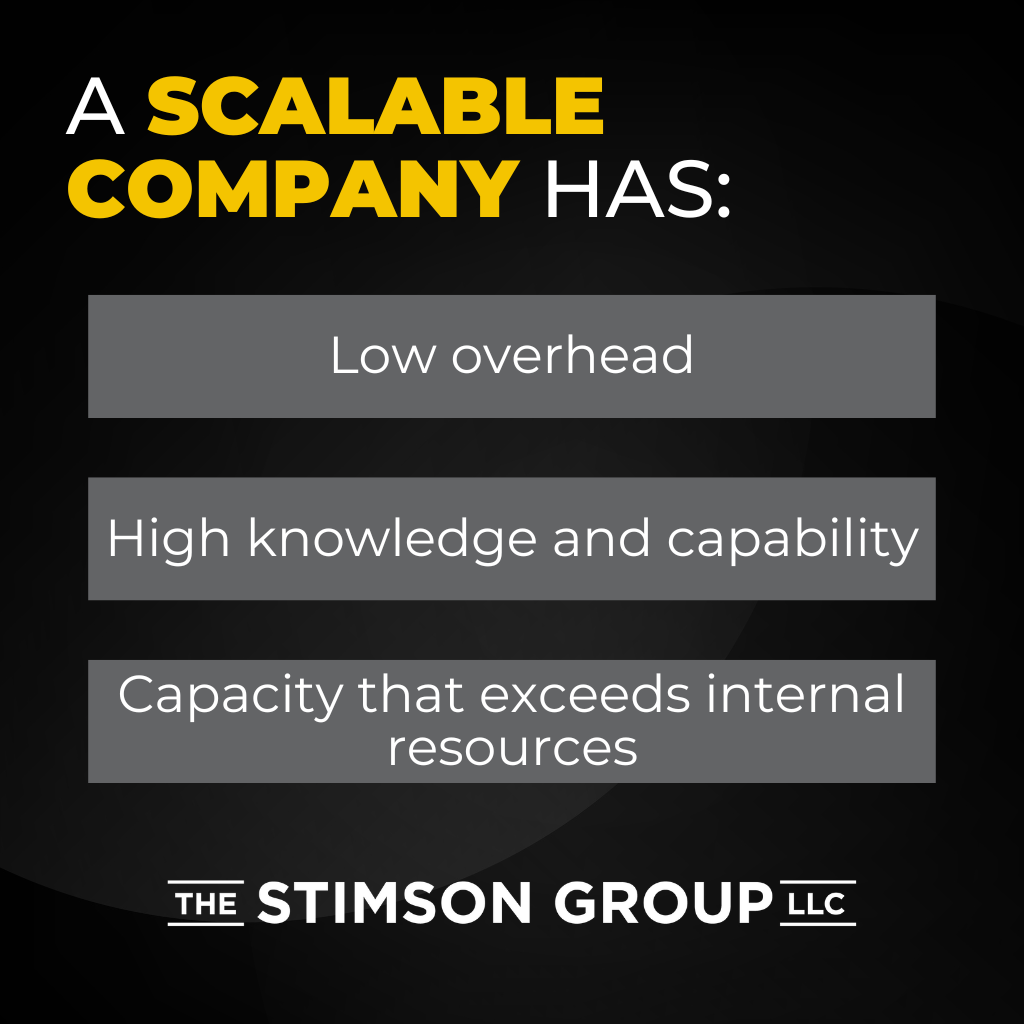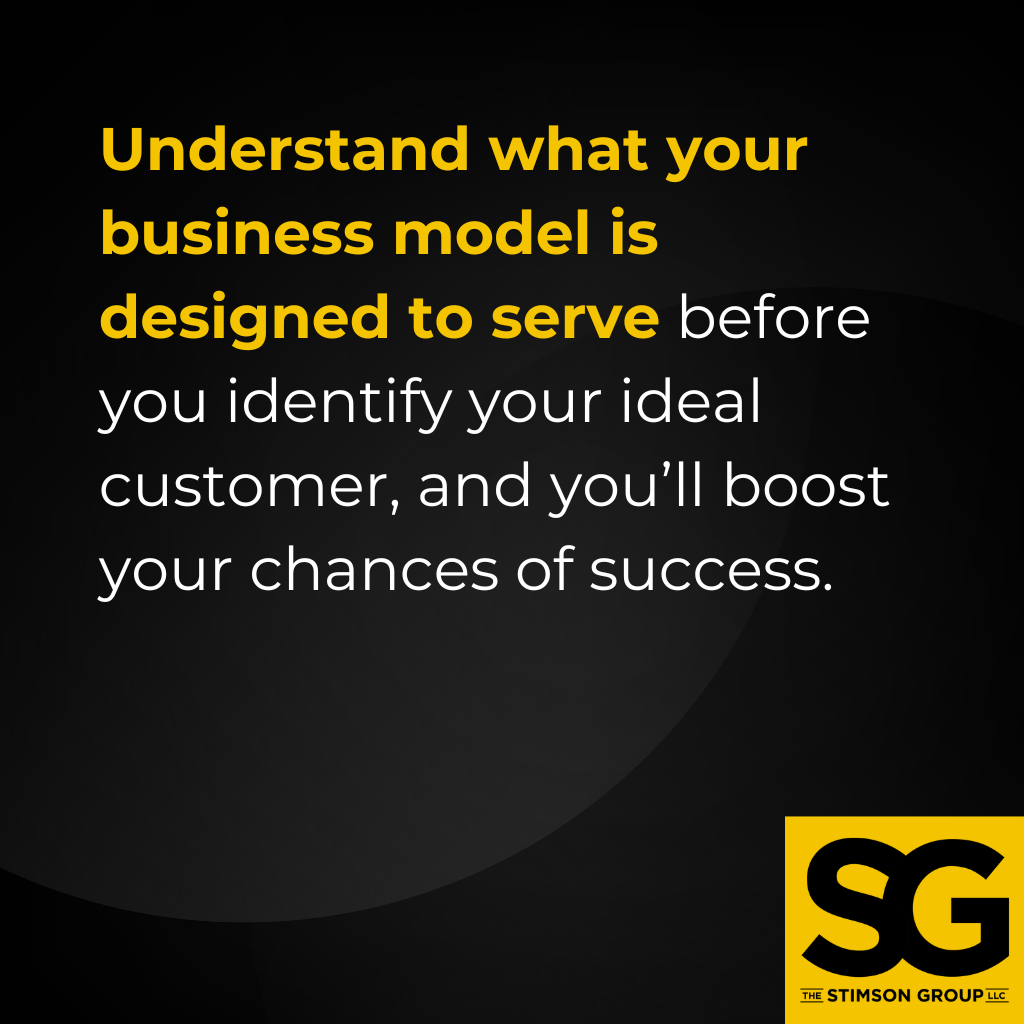
Listen instead on your Monday Morning Drive:
Choosing your ideal customer isn’t simple. This decision determines your business’s success, and before you make it, you need to answer some strategic questions.
The Strategic Choice: Revenue vs. Resources
To identify your ideal customer, answer this question: Are you trying to optimize your revenue or your resources?
Each answer leads to a completely different ideal customer.
Revenue Optimization = Client Relationships
When you optimize revenue, you build client relationships instead of customer relationships. Clients come to you for all their needs within your sphere; customers come to you for one specific need.
Client relationships start much earlier in the value chain. They focus on project development and solutions, while customer relationships fall to the end of the supply chain and focus on transactions.
Neither is right or wrong. These are just choices you get to make.
Resource Optimization = Customer Transactions
When you optimize resources, you find buyers that match your inventory, expertise, and personnel. These buyers have projects or needs that fit what you sell.
They’re buying exactly what you’re selling. It’s a very simple model.
What Your Business Model Reveals
Before you commit to an ideal customer, accept your business model for what it is.
Yes, you can change a business model. I’ve been there, done that, and seen it happen. But you chose this model for a reason.
It’s easier to apply your existing model to the right customer than to completely retool your business for a different type of customer.
Your business model constrains your options. Understand what it’s designed to do before you identify your ideal customer.
The Goal: Turning Down Business
In a balanced business model, your goal is to turn down work.
If you’re not turning business away, there’s a problem with your business model or your ability to sell. You need more demand so you can make tougher choices about which customers to take on.
For Resource-Focused Companies
To recap: If you optimize resources, your ideal customers need exactly what you’re selling:
- Your inventory fits
- Your staff fits
- Your knowledge base fits
When you step outside this safe space, your costs, risks, and chances of failure all increase. You also distract yourself from the business where you make the most money.
Suppliers focused on capacity and resources work best with customers on a project-by-project basis. By the time customers come to you, their needs are defined enough to align with what you do.
For Revenue-Focused Companies
If you optimize revenue, you can’t turn away work from ideal clients. Your superpower will always be outsourcing and cost leverage.
You have to sell beyond your perceived capacity. Client-focused companies aren’t allowed to have capacity problems. They can always outsource more.
In this model, your internal resources serve as either:
- A profitable cost management tool
- A strategic selling advantage
You don’t have internal resources to make jobs more profitable. You have them to make the business more profitable or more valuable to clients. That’s a huge difference.
If you seek a client’s buying power, you can reduce your execution overhead and rely heavily on outsourcing. Your value comes before execution. Your job is to get the show done, not do the show yourself.
The Revenue Addiction Warning Sign
If turning down revenue makes you queasy, your balance and scalability are likely compromised. Your business model doesn’t match your target customer.
Revenue addiction is the first sign of this mismatch. If your target customer is “anybody buying right now,” you’re exacerbating the problem.
You’re putting a Band-Aid on it with revenue instead of solving your biggest problem: Your overhead is too high.
What Work Should You Turn Away?
Resource-Optimized Businesses
Turn down projects that require equipment, expertise, or personnel outside your primary resources.
Subrentals might just mean you’re busy, but when clients ask for services beyond your core skill set, you risk failure and revenue addiction. You take on jobs that impede your ability to develop future business.
Revenue-Optimized Businesses
Turn down customers who offer narrow, focused revenue. You can fill gaps here and there with ad hoc opportunities, but choose these transactions strategically.
A good client-focused company looks at each potential customer transaction and asks, “Is there an opportunity to develop a client relationship?”
If not, have a polite conversation: “We’re not the right solution for you. Here are three other companies you may want to consider. Come back when you’re buying what we’re selling.”

Becoming the Company Your Ideal Customer Needs
To become what your ideal customer needs, treat your revenue addiction, which comes from overhead that isn’t optimized for your business.
A scalable company has:
- Low overhead
- High knowledge and capability
- Capacity that exceeds internal resources
These features allow you to take on business beyond your internal resources. That’s what scalability is all about.
Even customer-focused businesses can become more scalable. Just make sure your internal resources are a cost-saving measure, not a capacity-expanding measure.
Final Thoughts
Understand what your business model is designed to serve before you identify your ideal customer, and you’ll boost your chances of success.
We’re all on a journey toward balance. Take it one step at a time. Pull back. Think strategically.
Your business will thank you.






Leave a Reply